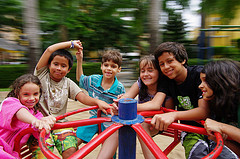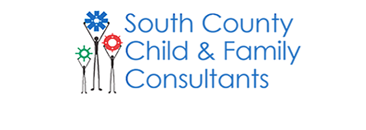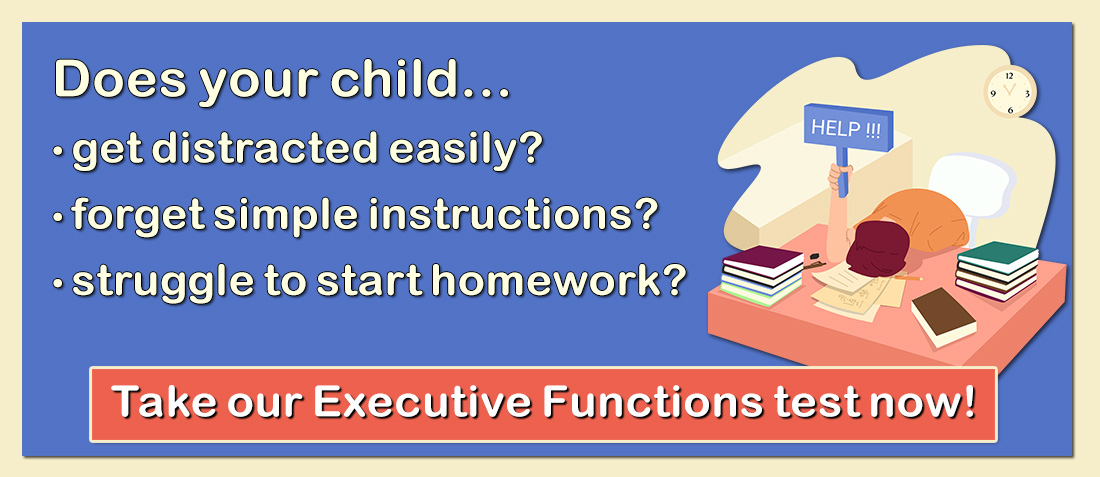
Photo credit: Guilherme jofili
Motor skill disorders, also called developmental coordination disorders or motor dyspraxias, are common childhood disorders. These disorders are neurological in origin and are identified when a child’s daily living skills, school performance, and socialization are significantly impaired due to an inability to effectively coordinate the body.
Both small and large limbs are required to produce movements in day-to-day functioning, schoolwork, and play. Children with this disorder have associated problems including difficulty in daily activities such as dancing, sports, eating with silverware, or handwriting, and are frequently described as clumsy or forgetful. If a child suffers from such motor deficits, he may struggle academically, experience difficulty in relating with peers, and experience additional challenges, such as a low self-worth.
Motor skill disorders typically manifest themselves in two distinct areas. Gross motor skills refer to the abilities of children to carry out activities that require large muscles or groups of muscles to act in a coordinated fashion to accomplish a movement or a series of movements. Examples of gross motor skill tasks are walking, running, throwing, jumping, and swimming. In contrast, fine motor skills consist of the movements of small muscles that behave in an organized and subtle fashion. Examples of fine motor activities are writing, drawing, completing a puzzle, pronouncing words, and whistling. Deficits in one or both of these areas can have a detrimental effect on a child’s academic, social, and physical successes.
Recommendations
1. Consider consulting with a physical or occupational therapist if you notice your child struggling with fine-motor or gross-motor movements. For example, if your child has difficulty holding and manipulating small objects, struggles when grooming and dressing him/herself, exhibits handwriting difficulties, or finds drawing, folding, and cutting challenging, consult with an occupational therapist to address these fine-motor concerns. Similarly, if you notice your child has limited strength in large muscles such as arms or legs, consult with a physical therapist in regard to gross-motor concerns; signs of this include struggling to kick, jump or climb stairs, or frequently injuring him/herself when involved in play activities. Occupational and physical therapists will follow up their evaluations with recommendations specific to any weaknesses in these areas. Some children with motor deficits may qualify for occupational or physical therapy services within the school setting.
2. Provide frequent stimulation of perceptual and motor areas through active play. For example, playing the game Twister will help your child to gain experience in understanding left and right and coordinating arm and leg movements.
3. Encourage the use of game consoles, which will help your child practice gross motor skills. These can include games such as: the Nintendo Wii console, where your child can play games like Wii Sports, which includes golf, bowling, and boxing to practice his/her gross motor skills. These interactive games allow your child to gain practice and expertise in “real life” activities and improve overall motor skills and coordination.
4. Practice daily living tasks such as buttoning, tying shoes, and making art projects. You may want to demonstrate these tasks with a large doll or stuffed animal. Cut out a shoe template from cardboard and use different-colored shoelaces to help your child learn how to tie shoelaces.
5. Many children who struggle with motor skills suffer from poor self-image when involved in competitive games, so offer non-competitive or non-athletic activities to your child that require gross-motor activity. These could include swimming, horseback riding, tag, or yoga.
6. Encourage your child to explore all parts of the local playground. Playground sets are designed to offer children a wide variety of coordination and strength-building activities, from climbing to sliding to learning to propel oneself along monkey bars. Swinging on a swing set offers young children a lot of practice in coordinating gross- motor muscles.
7. Training in martial arts can also be very helpful for youngsters with fine- and gross-motor concerns. A small-group setting is ideal so that your child is not self-conscious about difficulties he may have in following instruction. Instruction is best when it is simple and appropriate for your child’s ability levels.
8. Children with fine-motor concerns often experience their most significant problems in the area of handwriting. This may be seen in youngsters who can occasionally display good handwriting but only with intense levels of focus, concentration, and effort. Many children with fine-motor difficulties experience problems with handwriting and tend to write very slowly as a result of this. Accommodations to prevent the need for handwriting, particularly with writing assignments in school, can be very important for these children. Fortunately, many technologies including keyboards, Alpha Smarts, and cell phones (for text messaging) can be used to help these children. It is never too young to start teaching children these skills so that they can use them to compensate for their difficulties with fine-motor concerns. Consider starting with a program such as Sponge Bob Typing for your child to practice typing while having fun!
Websites
LearningWorks for Kids. : The premier site for executive function information. It provides a wealth of up-to-date tips and recommendations for children with all types of disorders and disabilities.
School Family. : This site provides a list of tips for parents to help their children improve their gross motor skills.
Sensory Processing Disorder. : This site offers parents a wealth of information in how they can make fine motor skills activities for children fun, while also providing a number of games and tools to aid in this process.
Books
Kirby, Amanda. (2002). Dyspraxia: The Hidden Handicap. London, England: Souvenir Press.
Kurtz, Lisa. (2007). Understanding Motor Skills in Children with Dyspraxia, ADHD, Autism and Learning Disabilities: A Guide to Improving Coordination. London, England: Jessica Kingsley Publishers.
Landy, Joanne and Keith Burridge. (2000). Ready to Use Fine Motor Skills and Handwriting Activities for Young Children.New York, NY: Center for Applied Research in Education.
Liddle, Tara Losquard. (2004). Why Motor Skills Matter: Improve Your Child’s Physical Development to Enhance Learning and Self-Esteem. New York, NY: McGraw-Hill.
Richards, Regina. (2004). The Source for Dyslexia and Dysgraphia. East Moline, IL: LinguiSystems.
Receive online class information and helpful tips from Dr. Randy Kulman's LearningWorks for Kids |



